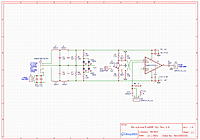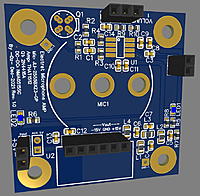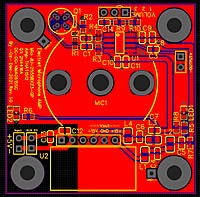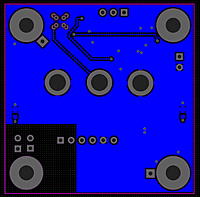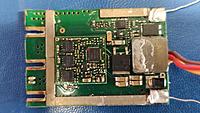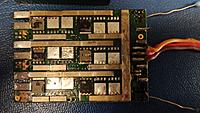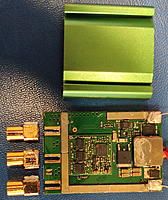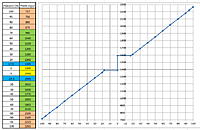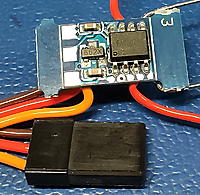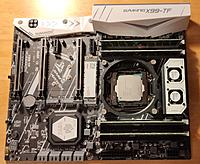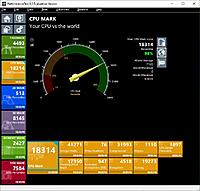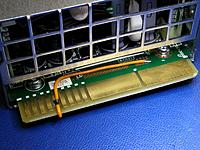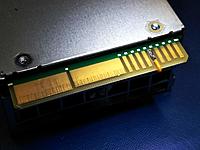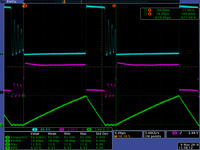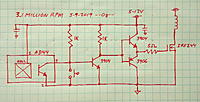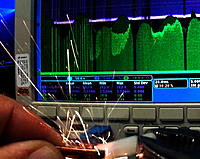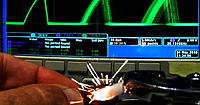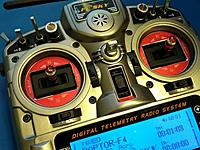This thread is about different ways to control a brushless motor, the pros and cons of the different ways to drive brushless motors.
I have a stack of old hard disk drives. The neo magnets are very strong, the head spindle and motor bearings are amazing with zero slop. Controlling the three phase brushless motor is not simply hooking up power wires and it spins like a brush motor does. About 3 years ago I had the idea to drive a brushless motor with a single fet and square wave generator and it works, but with limitations.
I currently have played with these brushless motor drive methods:
A: Single fet and function generator driving the motor.
B: H-Bridge and function generator driving the motor.
C: Using 3 fets, 3 resistor and three caps in a cascade fashion
D: Using 3 fets, a decade counter (4017 setup for 3 count) and a function generator.
E: RC electronic speed control (ESC) driving all three phases, with a servo tester to control the esc.
A: Single fet and square wave generator driving the motors 2 phases
(phase-1 to +supply, phase-2 to fet and then ground). Current only goes one direction.
Pro: Very low cost.
Con: Slow accelerating, decelerating and torque.
B: H-Bridge and square wave generator driving the motor 2 phases.
(phase-1 to +supply, phase-2 to fet and then ground). Current goes both directions.
Pro: Very low cost. (few bucks)
Con: Slow accelerating and decelerating but better than method A.
C: Using 3 fets, 3 resistors and...Continue Reading
 Archives
Archives

